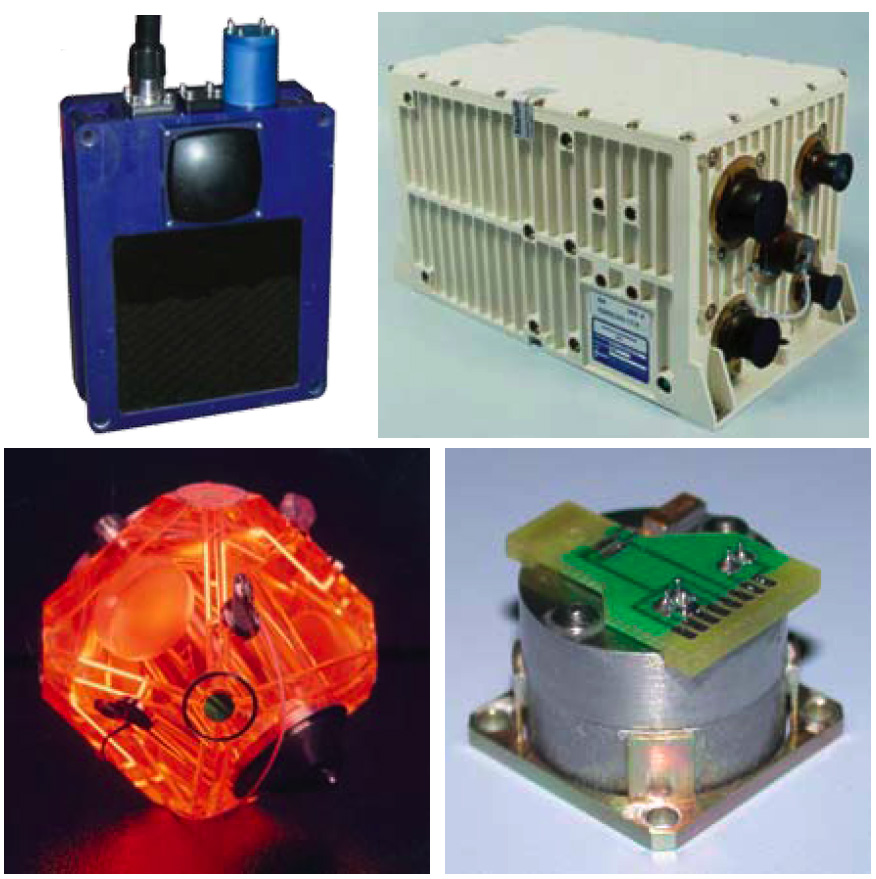The Math of Ambiguity
Q: What is the acquisition ambiguity function and how is it expressed mathematically?
A: One of the main tasks of a GNSS receiver is the acquisition of the signals-in-space (SISs) of all the satellites in view. This operation is based on the evaluation of a 2-D correlation function, called the ambiguity function (AF), which allows both the satellite detection and estimation of the received signal parameters, namely the code phase offset (code offset) and Doppler frequency/shift.
By






